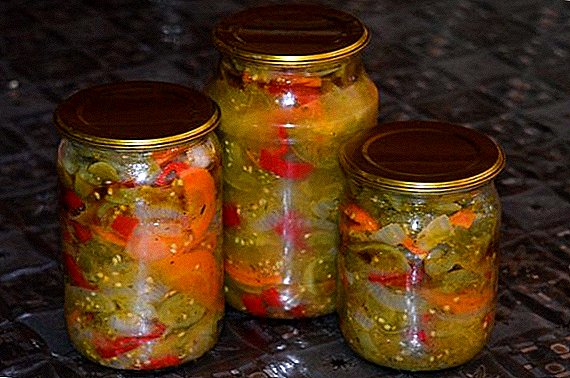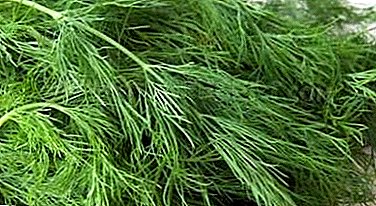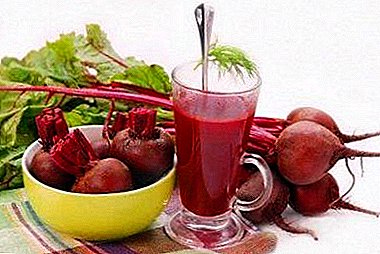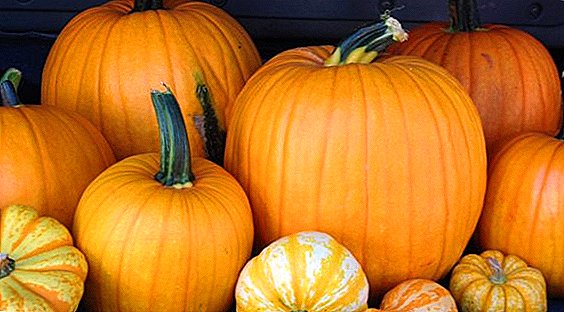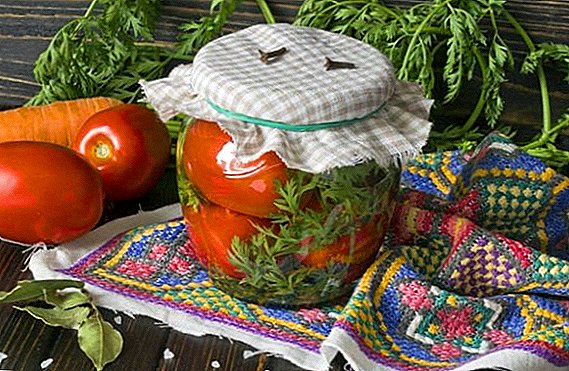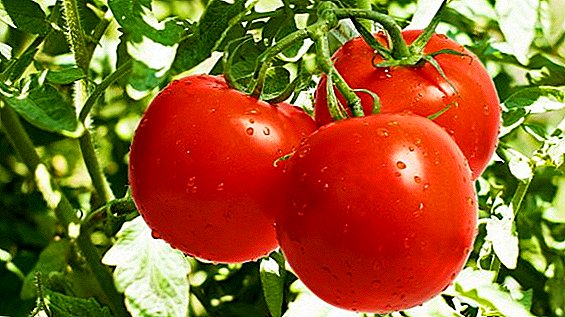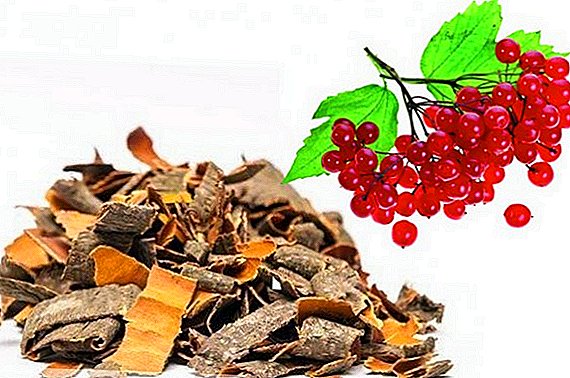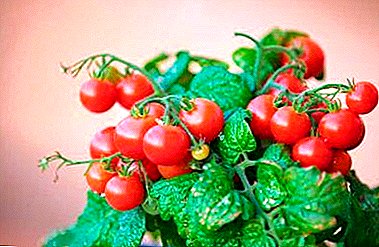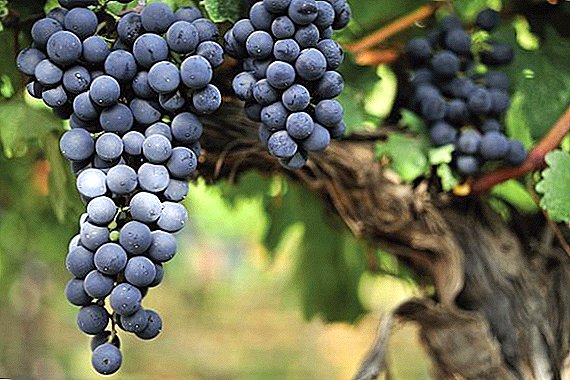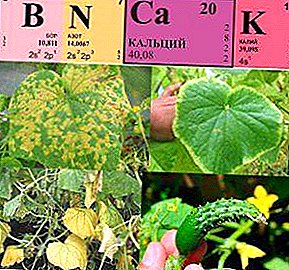
The soil in greenhouses very often is a breeding ground different cucumber diseases.
Spider mite, powdery mildew, root rot, sclerotinia - much faster spread in closed spacethan in the open field.
Therefore so it is important to monitor the sanitary condition of the greenhouse and on time to disinfect. Preventive actions need to be carried out both in the fall, and in the spring. Also for the full growth of cucumbers, it is necessary to regularly feed various fertilizers.
Greenhouse preparation
Autumn
Autumn preparation of the greenhouse for planting cucumbers: on the eve of winter, in the greenhouse you need remove all remaining plants, to dig up the ground and pull out the roots of weeds, and to disinfect the frames, parables and inventory. The most convenient form of greenhouse processing is spraying with 40% formalin disinfecting solution (200 cm3 of the preparation are needed for 10 liters of water).
If a pest such as a spider mite has been seen, then its treated with bleach (for 10 liters of water you need 1 kg of the drug). You can take and creolin, but it is less convenient - its dense patina is difficult to wash off the glass. Often use 5% iron sulphate or fumigation method with sulfur smoke bombs.
 Disinfect the soil for the greenhouse, for cucumbers, will help such chemical compositionsas ordinal fluid or copper sulfate solution. If necessary, the top layer of the earth is removed and processed outside the greenhouse. Disinfection of greenhouses should be carried out annually.
Disinfect the soil for the greenhouse, for cucumbers, will help such chemical compositionsas ordinal fluid or copper sulfate solution. If necessary, the top layer of the earth is removed and processed outside the greenhouse. Disinfection of greenhouses should be carried out annually.
In the autumn it is not bad to have time to harvest manure. It is better to do this when it gets colder outside. When harvesting, please note that for 1 meter of spring greenhouse 0.5-0.7 m3 of manure required. It is placed near the greenhouse and compacted so as not to heat up prematurely. Top covered with earth, leaves, peat.
Spring
In spring, the greenhouse for planting cucumbers must be specially prepared. Preparation of soil in the greenhouse in the spring under the cucumbers, is as follows: manure warmed up by cutting, i.e. shaking with a pitchfork, tedding a dung heap. Thus, they try to mix warm layers of manure with cold ones. These actions must be carried out 4-5 days before laying in the greenhouse.
If the manure remains cold, it is heated with hot water. Heated stones and burnt lime can be put inside the pile. There are other ways. Manure, warmed up to 60-70 ° C, bring inwards and placed a layer of 57-63 cm. Manure wherein soars, smelling ammonia.
After a few days, the smell will evaporate and the biofuel will settle.
Walking on manure is not recommended, because when it is compacted, burning will stop prematurely, therefore, boards are laid in places of passage.
10 cm high ground is piled on top of the manure. A nutrient mixture for planting cucumbers is prepared from equal parts of sod land, peat and humus. Sometimes use compost.
On the preparation of soil in a greenhouse for cucumbers, see the video:
Formation of beds
The beds in the greenhouse for cucumbers, formed on the basis of the size of the greenhouse, usually marked by 2-3. Do not make them wider than 1 meter, so as not to impede access to plants, and facilitate the care of them. To prevent leaching of the soil layer during watering will help special bumpers installed on the edge of the beds.
Most favorable arrangement of beds for greenhouse plants is the direction from west to east. In this case, cucumbers are covered as much as possible throughout the day.
It is important to remember that the optimal distance between sprouts in a row should be 30 cm, between rows 25-30 cm. It is necessary to retreat from walls at least 23-27 cm.
 On this basis, the marking of future landing sites is done. Many gardeners, having at their disposal greenhouses, prefer to sow seeds right away, to bypass the stage of "home" seedlings.
On this basis, the marking of future landing sites is done. Many gardeners, having at their disposal greenhouses, prefer to sow seeds right away, to bypass the stage of "home" seedlings.
The second option is to plant the already prepared seedlings. Cucumbers are planted in the greenhouse on April 14-22 at the age of 26-30 days, observing the distances between the sprouts. In the period of planting seedlings (1 week) the temperature in the greenhouse desirable to raise to 27 ° C, and humidity up to 86-87%.
Top dressing
For better development plants regularly (Once a week) feed up. How to feed? The composition and dosage of fertilizers depend on the age, condition of the plant, as well as the complexity of weather conditions. You can follow the following approximate composition and fertilizer rates for root dressings of cucumbers.
Find out on our website how to form a scourge of cucumbers and produce watering in the greenhouse.
Top dressing of cucumbers in the greenhouse before fruiting (for 1 bucket of water):
- ammonium nitrate 12 g;
- potassium sulfate 25 g;
- superphosphate 20 g;
- copper sulfate 1 g (applied with fertilizer 3-4 times per season);
- boric acid 0.5 g (applied together with fertilizers 3 times per season)
- manganese sulfate 0.5 g (applied together with fertilizers 3-4 times per season);
- solution of mullein 1 (1: 8) in liters.
- ammonium nitrate 8 g;
- potassium sulfate 35 g;
- superphosphate 23 g;
- copper sulfate 1 g (applied with fertilizers 3 times per season);
- boric acid 0.5 g (applied together with fertilizers 3 times per season)
- manganese sulfate 0.5 g (applied with fertilizers 3 times per season);
- solution of mullein 1 (1: 8) in liters.
Sunny weather is the best time to apply root dressings.
One day before use from superphosphate cook hood. A certain amount is poured with water and thoroughly mixed. The resulting solution is added to other ingredients, before using fertilizer for greenhouses with cucumbers. Under young plants poured 1/2 liter, under adults - about 1 liter of solution.
 Cucumbers do not tolerate acidic soil, but with systematic fertilizing with mineral fertilizers, it is steadily acidified.
Cucumbers do not tolerate acidic soil, but with systematic fertilizing with mineral fertilizers, it is steadily acidified.
The acidity of the soil is periodically reduced, producing watering of the soil (1 time in 25-30 days) with a solution of freshlylive lime (1/2 cup of lime or ash per 10 liters of water). For 1 m2 prepared 1 liter of solution.
Foliar feeding with macro-and micronutrients in greenhouses are also carried out. They increase the yield, accelerating fruiting. At 10 liters of water, 5 g of urea or ammonium nitrate must be taken, 5 g of potassium sulfate, 12 g of superphosphate, and trace elements added in the same way as with root dressings.
You can top up the extract of superphosphate and in the solution with other fertilizers. Foliar top dressing is better spend the evening or cloudy day.
Unexpectedly appearing on the surface, the roots need to fall asleep soil mixture. It is prepared as follows: 1 part peat or humus and 2 parts rotted manure (it is better to use horse). Mix well absorbs water, better preserves it and, therefore, does not allow the formation of a crust.
Compost is used for the same purpose. The filling is done 3 times per season. Kind fertilizer serves for carbon dioxide cucumbers. It is good if you can put a barrel with a solution of bird droppings or mullein in the greenhouse, stirring regularly and renewing
How to feed cucumbers in a greenhouse, find out in the video below:
Signs of lack of nutrients in cucumbers
Determine that plants lack in any nutrients can by their appearance.
During the active growth of lashes:
- the lack of nitrogen is indicated by the yellow color of the leaves, which dry up and fall off;
- when phosphorus is deficient, the leaves darken and become lilac, then turn black;
- the presence of a pale green border around the edge of the leaf and brown spots all over the leaf indicate a lack of potassium and magnesium;
- with a lack of calcium, the plant slowly grows, wilts and then dies;
- yellow tops of the shoots speak of iron deficiency.
 During the fruiting period:
During the fruiting period:
- with a shortage of nitrogen, the cucumber has a thin deformed tip and thickening near the stem;
- with a lack of potassium, the cucumber is thin at the stem and thick at the flower.
Signs of excess minerals in cucumbers:
- with an excess of potash fertilizers, plants are stretched and thinned, foliage turns pale;
- with an excess of nitrogen in the soil on powerful stems grow small small fruits;
- with excess phosphate fertilizers the plant fades at the slightest drying of the soil, dead leaves appear on the leaves and fruits.
Fruits collected from plants that have the above characteristics can be toxic. Eating such cucumbers is better not to eat.
Fertilizer types
Nitrogen
How to fertilize cucumbers in the greenhouse? Cucumbers nitrogen fertilizers needed at all stages of development, but especially during the formation of leaves. Nitrogen fertilizers are used both for foliar feeding, and for root fertilizers during irrigation.
Different types of nitrogen fertilizer for cucumbers in the greenhouse, for example, ammonium nitrate, accumulate in the ripe fruit in the form of toxic nitrates and can negatively affect human health.
Phosphoric
Phosphorus is needed cucumbers constantly and at all stages of development, but in very small doses. Properly applied fertilizer helps to gain green mass, strengthen the roots, in time to bloom and mature.
Potash
 Need in potassium supplement in cucumbers there is always. But especially it increases during fruiting. The proportion of potassium in the fertilizer during this period increases, while for nitrogen it decreases.
Need in potassium supplement in cucumbers there is always. But especially it increases during fruiting. The proportion of potassium in the fertilizer during this period increases, while for nitrogen it decreases.
By the diagnosis of the leaves you can always judge the state of the plant and make quick adjustments in the composition of the fertilizer used.
Yield cucumbers depends on many factors. But if you prepare the greenhouse correctly, fertilize the soil, plant the plants in time and carry out a balanced feeding, on your table there will be a harvest of tasty and healthy vegetables all year round.


